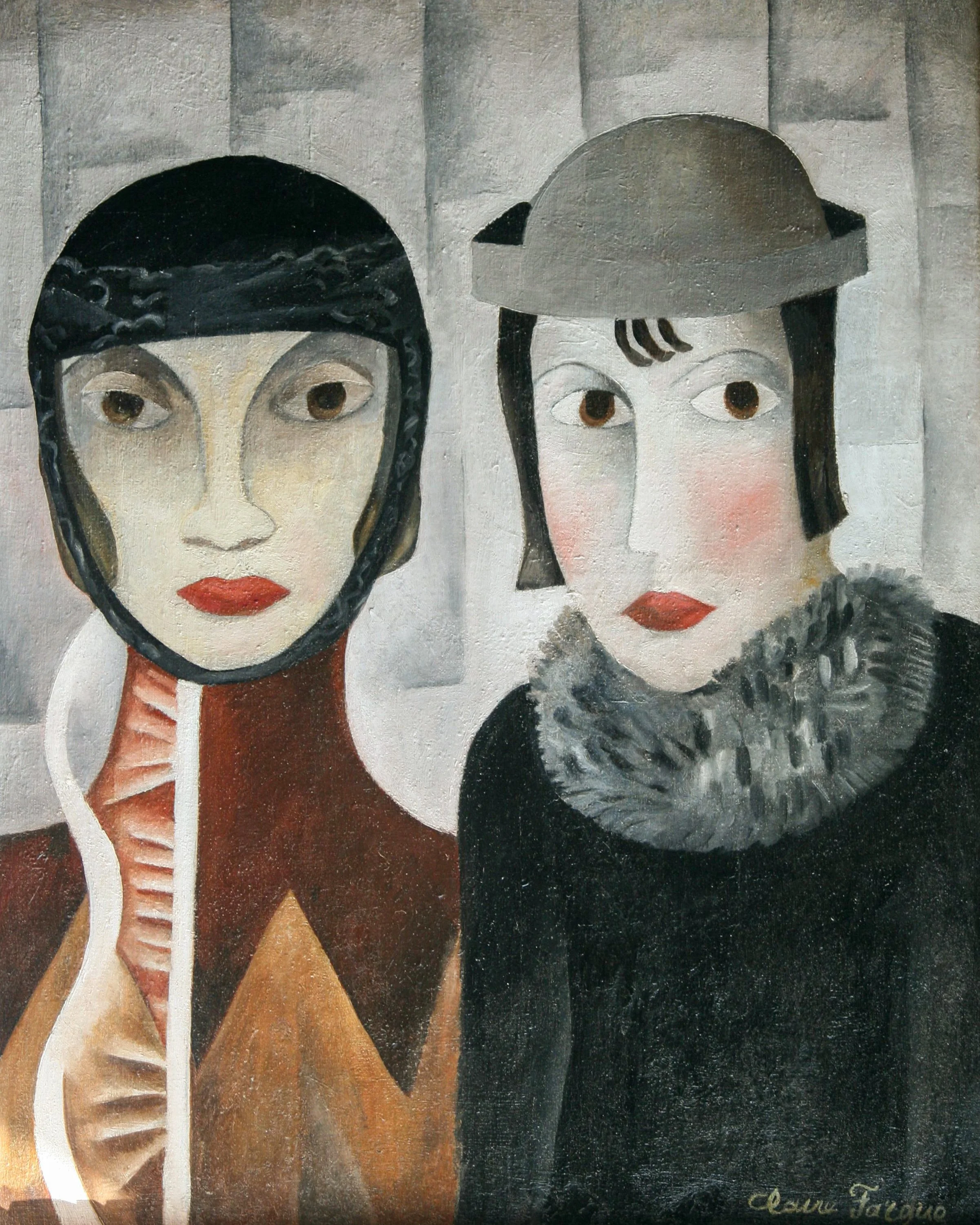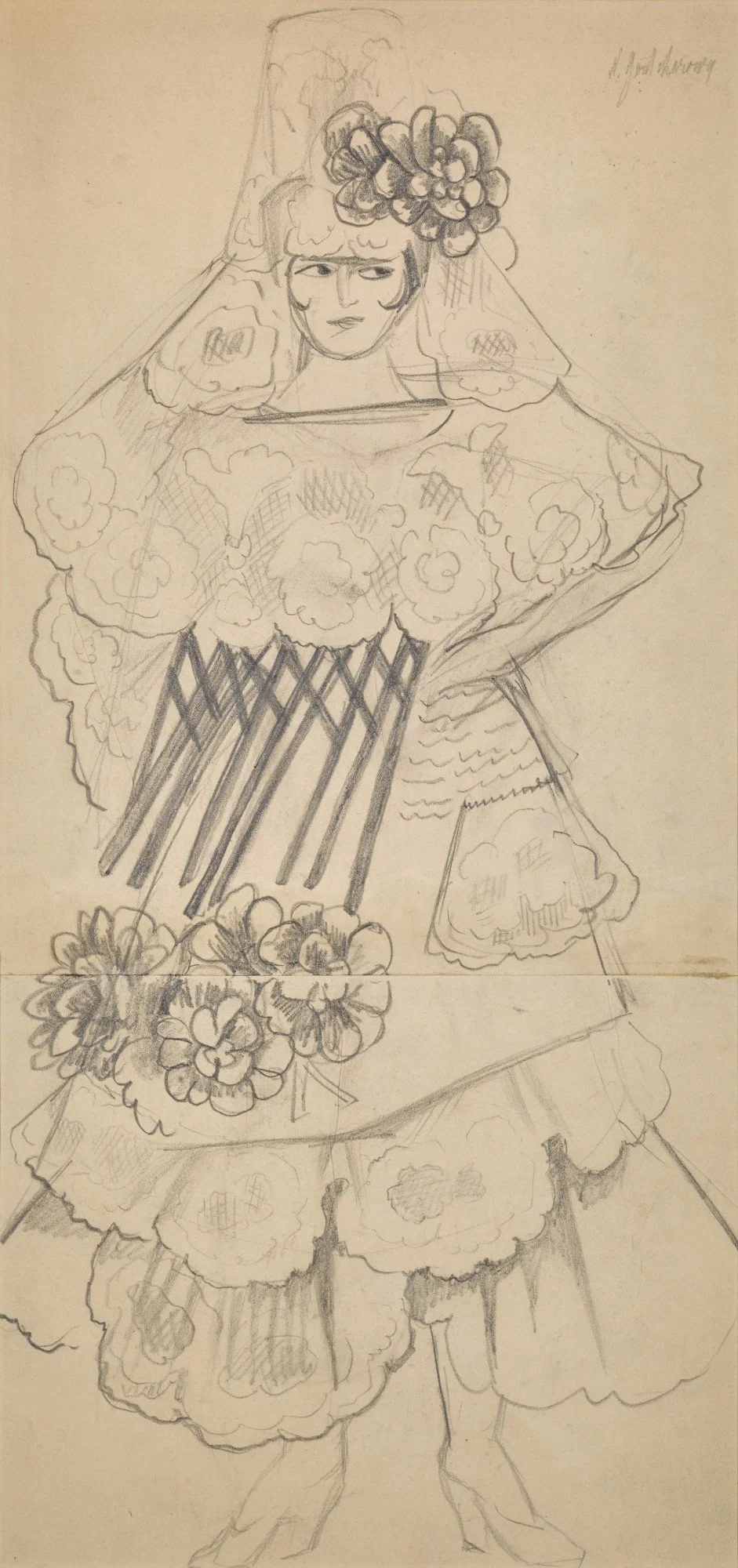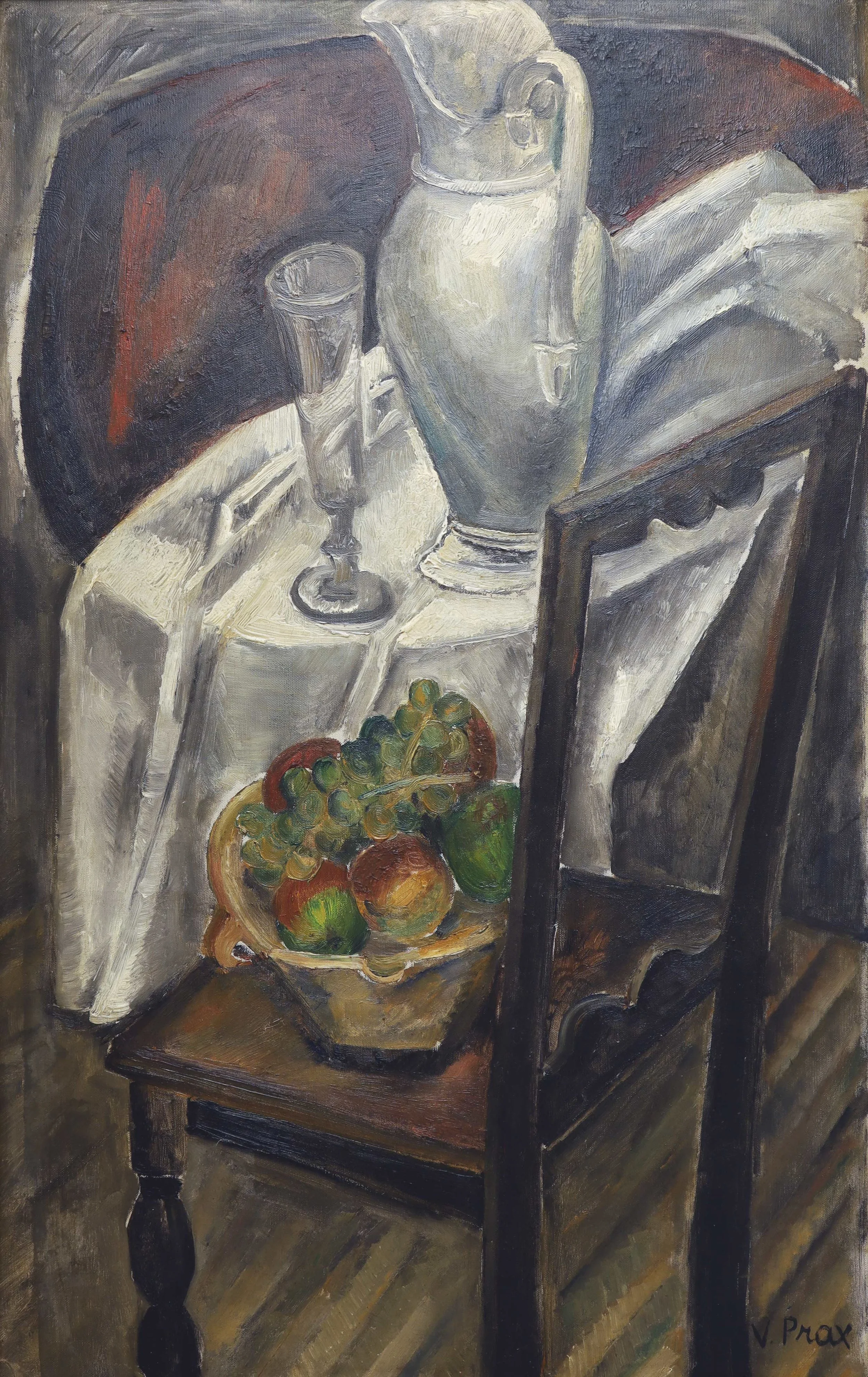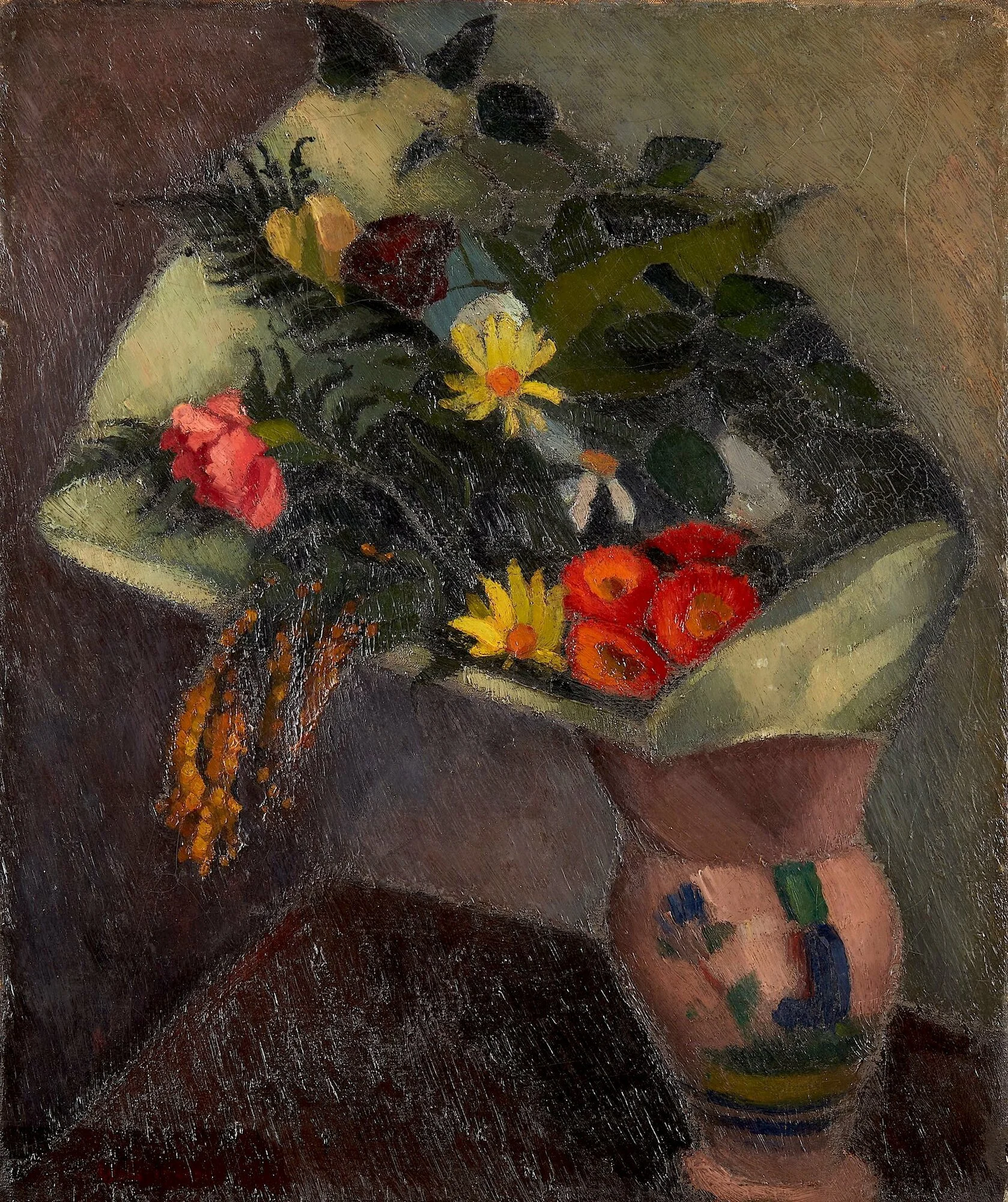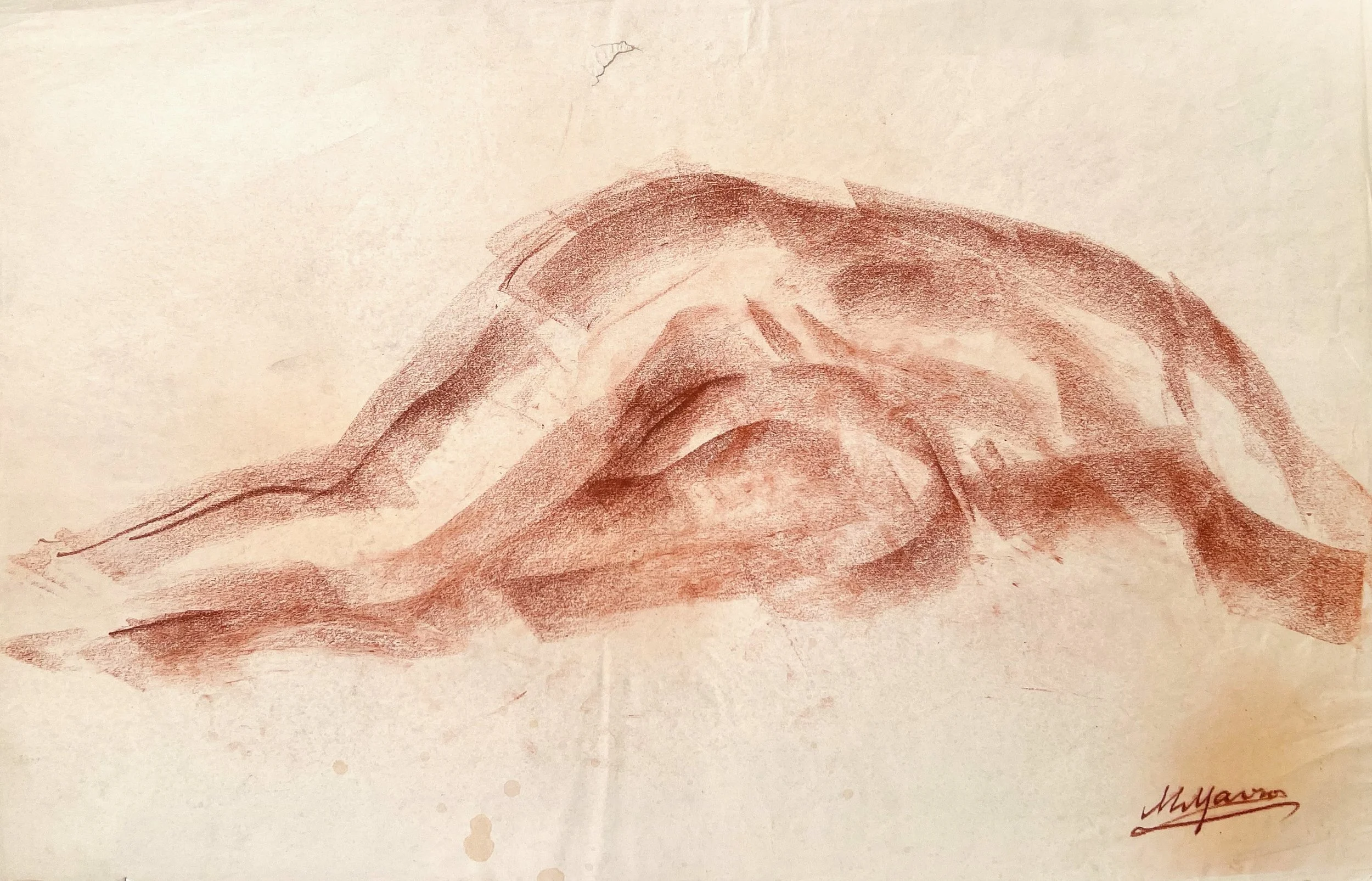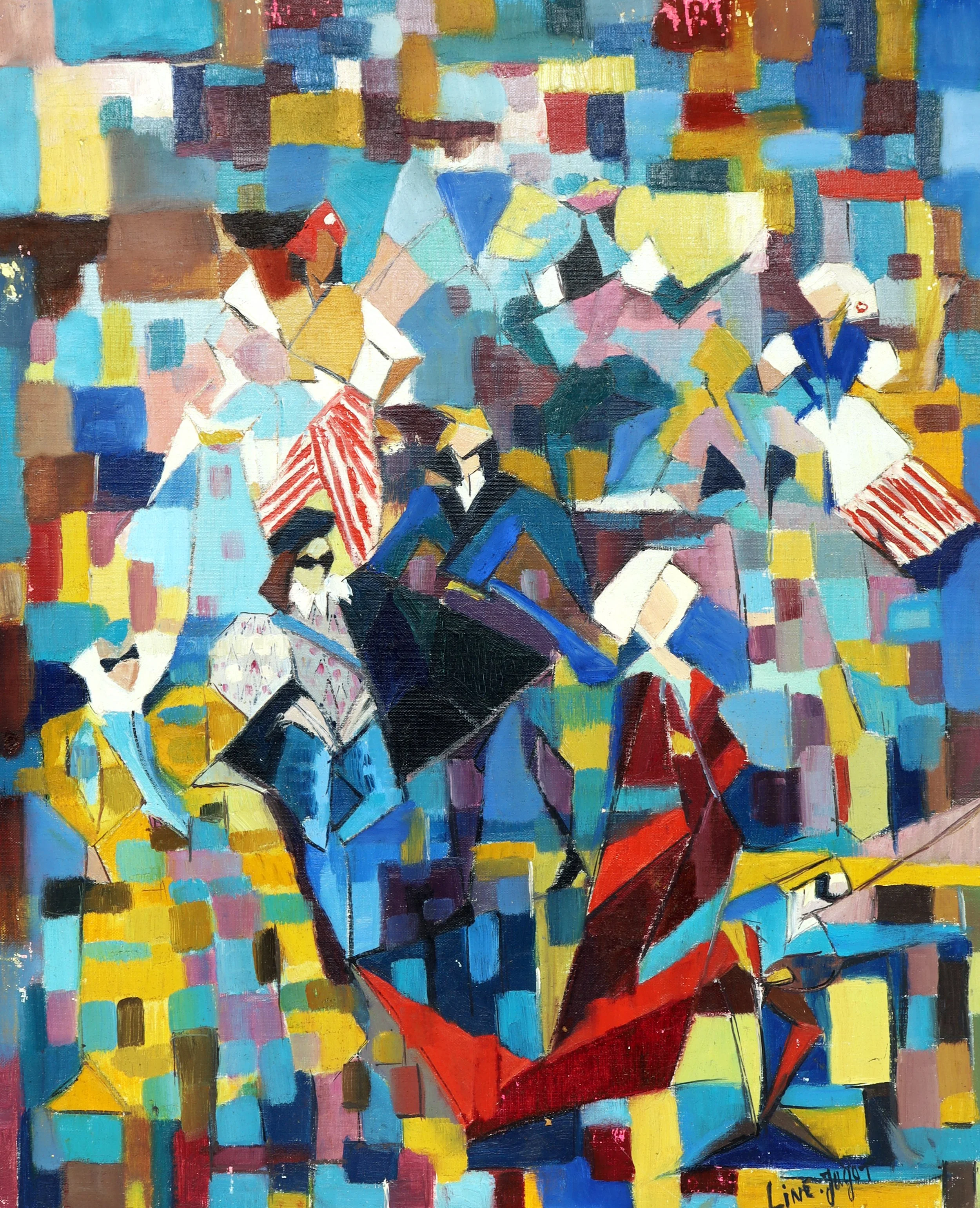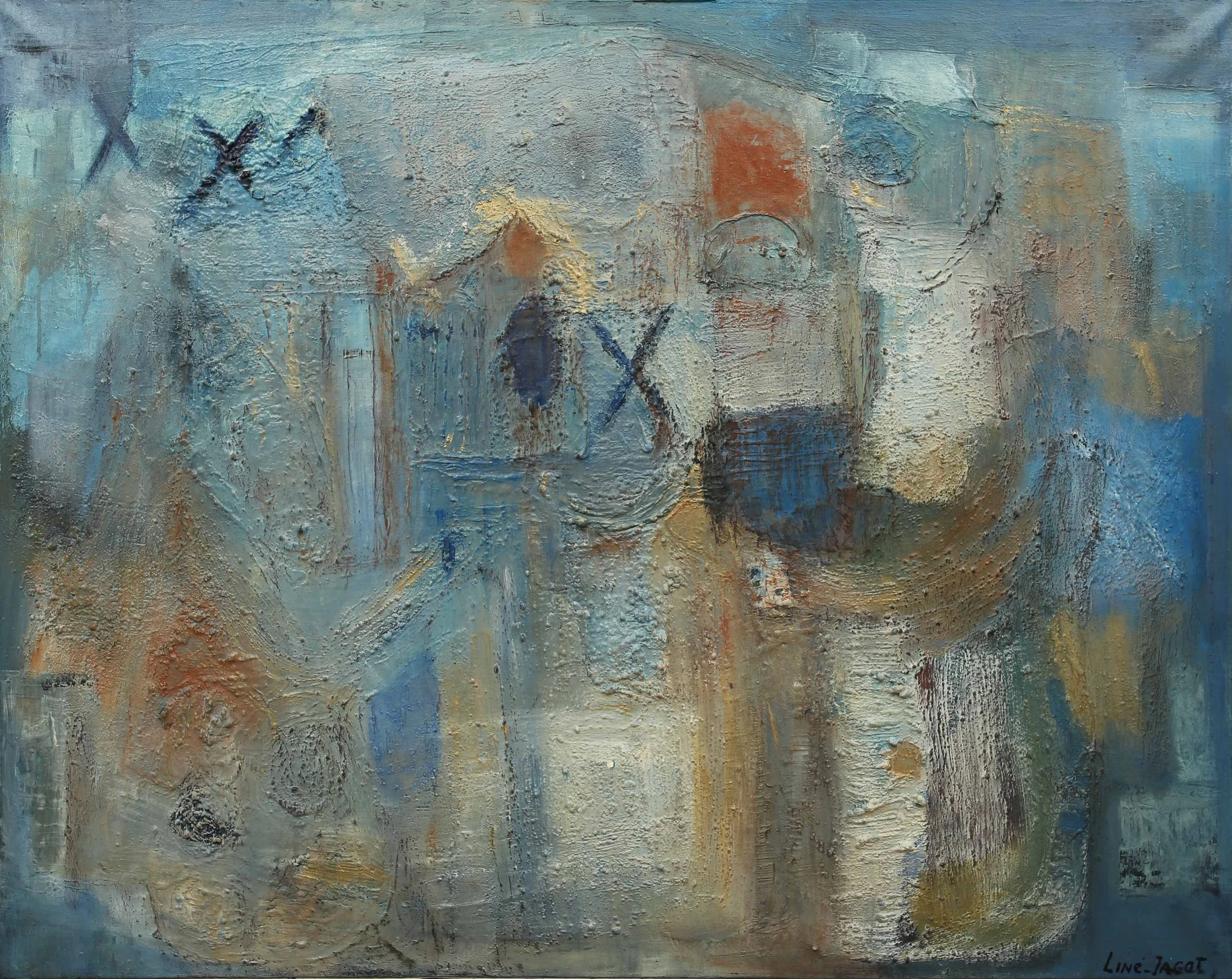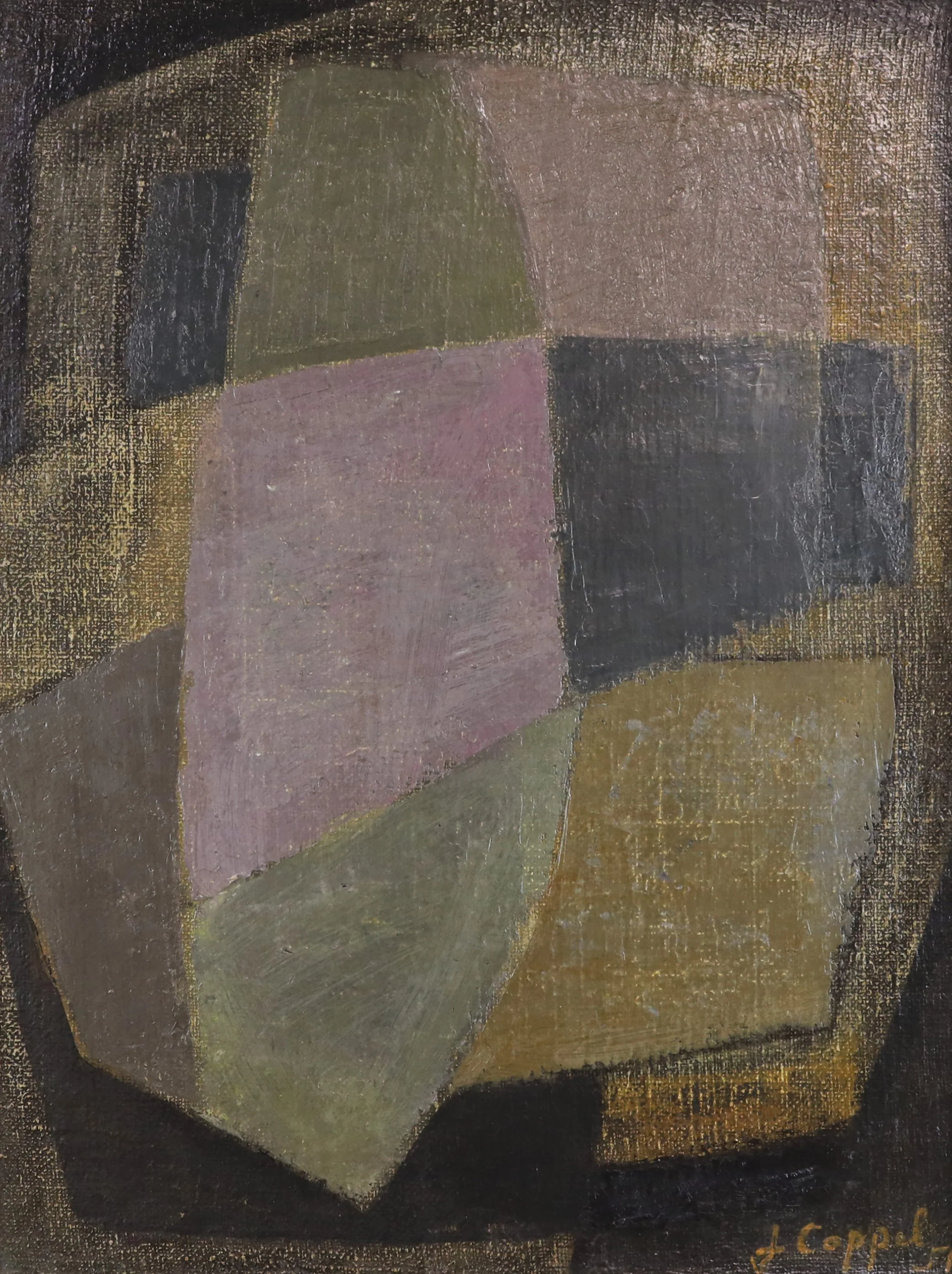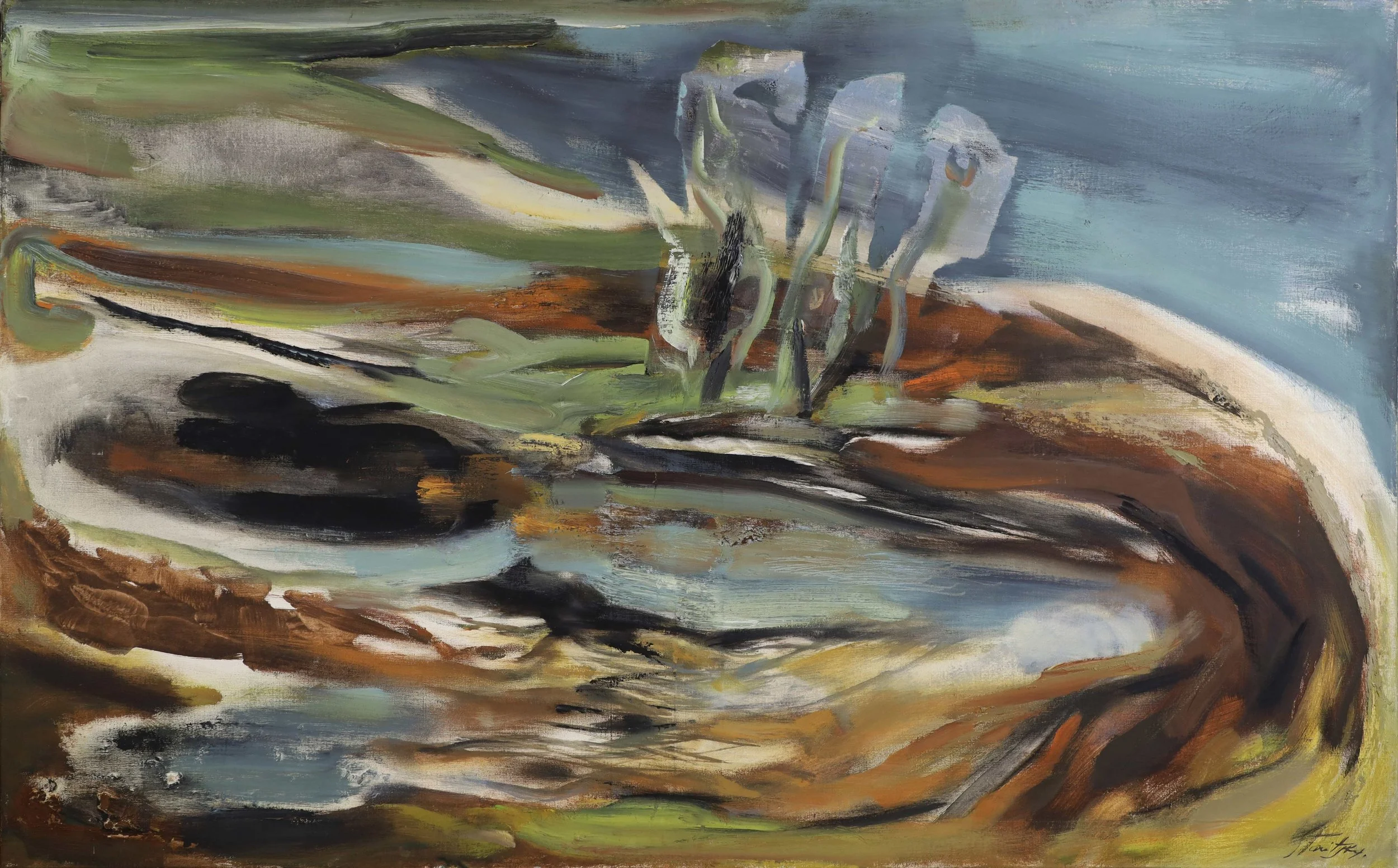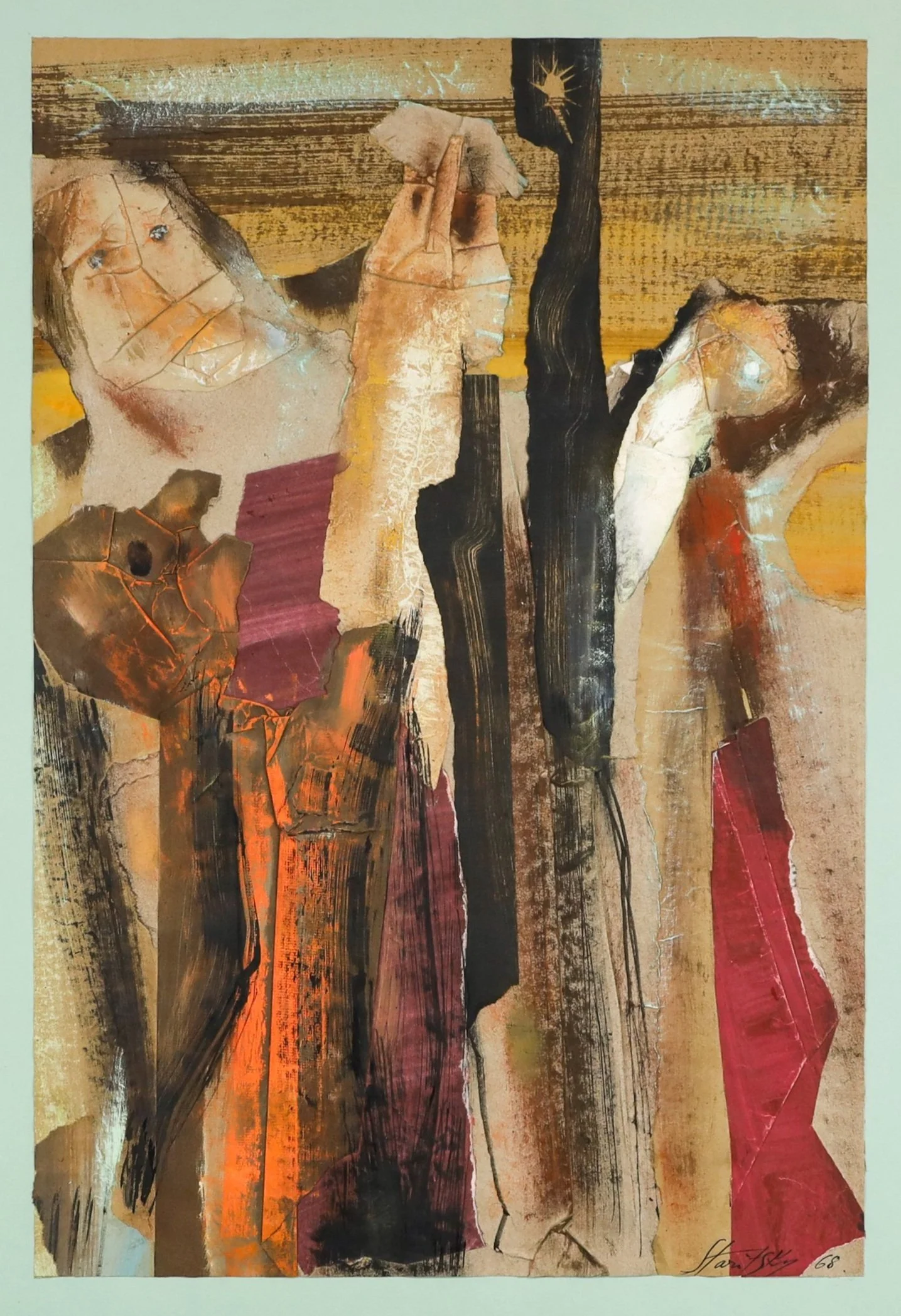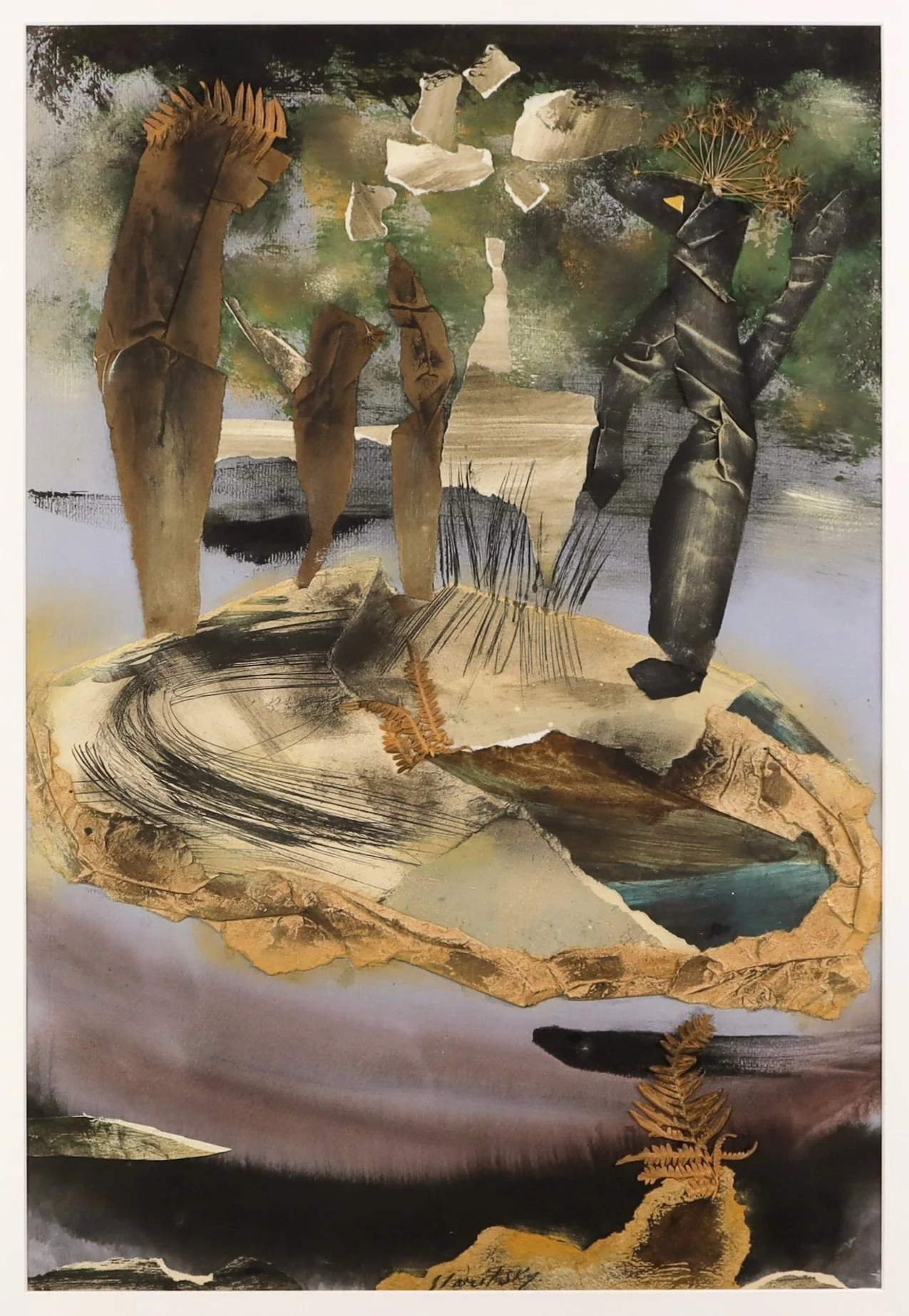Unamused: Women of the École de Paris
Quad Fine Art is delighted to showcase a selection of work by women artists of the École de Paris from our collection. Spanning the 20th century from the 1920s to the 1970s this exciting exhibition highlights the important contribution of women artists to 20th-century art in Paris. Featured are some pioneering artists in their styles and mediums including Marie Vorobieff Marevna, Natalia Goncharova, Jeanne Coppel, Anna Staritsky and others.
In the last decades of the 19th century, Paris offered a unique opportunity for women seeking to establish themselves in the arts. Private schools and academies of fine art started offering women-only classes while state institutions remained exclusively open to men. The success of Paris as the centre of modern art was greatly influenced by the alumni of its great academies. Future pioneers of the avant-garde were among the female students at Montparnasse academies in the 1900s and 1910s.
The women artists included in this exhibition arrived in Paris at different stages of their lives and careers, some to begin their studies in the 1910s, others already established artists after the war. Marie Vorobieff Marevna arrived in 1912 to continue her studies at one of the Montparnasse academies. Jeanne Coppel studied under Natalia Goncharova in Berlin in the 1910s and eventually both of the artists worked in Paris. Natalia Goncharova came to Paris on the invitation of Serge Diaghilev to work on the Ballets Russes productions in 1914. Jeanne Coppel arrived in 1919 to enrol at the Académie Ranson. Lydia Mandel came to Paris the same year, having already studied under Alexandra Exter in Moscow. Also in 1919 arrived Valentine Henriette Prax from Algeria. Claire Fargue is an underresearched painter at present, but what is known is that she was active in Paris in the 1920s. Mania Mavro emigrated to Paris from Ukraine in the 1920s and exhibited very successfully. Also originally from Ukraine Anna Stairtksy arrived in Paris after the Second World War. She had already lived in Brussels for many years and came to Paris to create more connections and further develop her practice. The French artist Geneviéve Linè-Jagot preferred to stay and paint in the French countryside, away from the busy salons in Paris, but she made connections with the Seconde École de Paris abstractionists.
While recent exhibitions in important museums have contributed immensely to our knowledge of women artists of the École de Paris, there is still a lot to be done. Unamused: Women of the École de Paris attempts on a much smaller scale to highlight the important women artists that are unfortunately still so often overshadowed by their male colleagues.
Further information
For more information about the artists and available works please follow the links below or fill in the form to request additional information for specific works.
Claire Fargue, Deux Tetes, 1921. Oil on canvas, 100 by 81 cm.
Natalia Goncharova, Espagnole, 1910s. Graphite pencil on paper, 63.5 by 34.5 cm.
Valentine Henriette Prax, Still life, 1920s. Oil on canvas, 91 by 57 cm.
Lydia Mandel, Bouquet of flowers and A Parrot (double-sided work). Oil on canvas, 55 by 46 cm.
Mania Mavro, Landscape, 1920s. Oil on canvas, 50 by 65 cm.
Mania Mavro, Reclining Nude Study. Sanguine on paper, 28 by 45 cm.
Mania Mavro, Nude Study. Charcoal on paper, 50 by 32.5 cm.
Mania Mavro, Nude Study. Sanguine on paper, 45 by 28 cm.
Mania Mavro, Seated Nude Study. Sanguine on paper, 38 by 28 cm.
Marie Vorobieff Marevna, Portrait of David Ball in the Garden, 1955. Pencil, watercolour and gouache on paper, 78 by 56 cm.
Genevieve Line-Jagot, Women Confined, 1960. Oil on board, 50 by 61 cm.
Genevieve Line-Jagot, Carnival, 1959. Oil on canvas on cardboard, 61 by 50 cm.
Genevieve Line-Jagot, Construction Yard, 1961. Oil and sand on canvas, 49 by 65 cm.
Genevieve Line-Jagot, Blue Wall, 1963. Oil and sand on canvas, 73 by 92 cm.
Jeanne Coppel, Abstract Composition, 1962. Mixed media collage, 30 by 47 cm.
Jeanne Coppel,. Untitled (Large Squares), 1951. Oil on canvas, 59.5 by 45 cm.
Anna Staritsky, Distant Unravelling, 1960s. Oil on canvas, 82 by 130 cm.
Anna Staritsky, Secret Signs, c.1960. Oil on canvas, 38 by 46 cm
Anna Staritsky, Personnages, 1968. Oil, tempera and collage on paper, 70 by 47 cm.
Anna Staritsky, Composition (Ancient Ritual), 1970s. Tempera, paper and foliage collage, 54/5 by 37 cm.
Anna Staritsky, Slavic Games, 1972. Oil, tempera, collage on paper, 59 by 37 cm.


